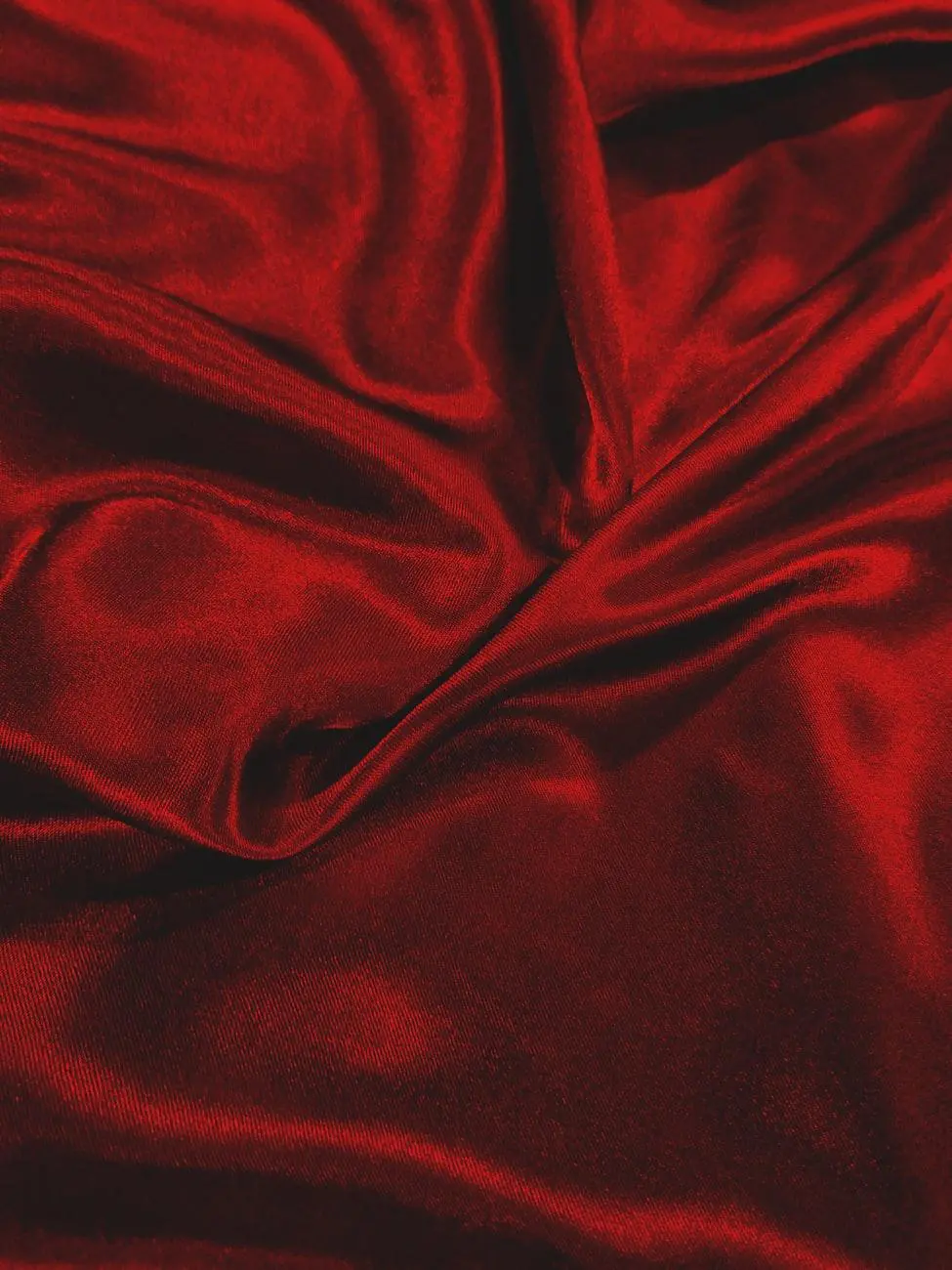Summary of our market study
The global silk market is estimated at between $25 and $30 billion. Silk accounts for just 0.2% of the global textile fiber market,
There is a strong demand for sustainable, responsible fashion that favors natural materials such as silk, perceived as having less impact on the environment.
Silk demand trends and market overview in France
Market dynamics reflect a clear penchant for products that combine traditional elegance with contemporary ethical standards.
France has specialized in the production of luxury silk items such as the iconic Hermès carré.
Much silk manufacturing has moved to China, India and Brazil.
The value of silk fabric production is between 50 and 70 million euros. It accounts for almost 20% of European production, making it a key player alongside giants such as Italy.
Demand for silk products from luxury brands is considerable.
Trends indicate a growing awareness of sustainable and responsible fashion, with natural materials such as silk favored over synthetics.
Key players in the silk industry
Luxury brands
- Among the giants of luxury, Chanel and Hermès occupy pride of place.
Top-of-the-range household linen brands
- Fremaux-Delorme (Yves Delorme, Olivier Desforges) and Linvosges are revitalizing the high-end household linen sector by integrating silk into their product lines
publishers and suppliers of fabrics
- Pierre Frey
- Perrin Weaving
- Denis et Fils,
Innovative young companies
- Sericyne is at the cutting edge of silk technology.
Supporting regional expertise
- Weavers Perrins
- Sfate
- Proverbio
to understand this market
Detailed content of our market study
 Inforamtion
Inforamtion
- Number of pages : 35 pages
- Format : Digital and PDF versions
- Last update :
 Summary and extracts
Summary and extracts
1 Market overview
1.1 Definition and scope of study
Silk is a natural fiber of animal origin used in the manufacture of textiles, and is thought to have been discovered more than 2,000 years before the present era. Silk comes from arthropods, including spiders and the caterpillars of certain butterflies. The best silk is obtained from the cocoons of the larvae of the silkworm Bombyx mori, the process of rearing silkworms to obtain and produce silk being called sericulture.
The main outlets for silk-based products are the textile industry, but also the household linen and high-end furniture industries. Applications in the health and cosmetics sectors are also possible.
However, silk only accounts for 0.2% of the global textile fiber market, although it competes strongly with cotton, wool and linen in the natural fiber category, and with acrylic, polyester and polyamide in the chemical fiber category. It is nevertheless more expensive and more refined, and is therefore much appreciated by luxury players such as Hermès and Chanel , as it offers comfort, is extremely soft and adds elegance. In 2019, sales of the Hermès Group's "Silk and Textile" business reached €592 million.
Silk production can be thought of in several stages: from silkworm rearing, to cocoon preparation, spinning, milling, weaving and finishing.traditionally, silk processing in France has been carried out in the Rhône-Alpes-Auvergne region, with a particular focus on the Lyon area. Here, Hermès has internalized a production chain from milling to finishing (notably for its famous silk scarves or carrés), alongside other players such as Tissages Perrins or Denis & Fils, who perpetuate a long-standing know-how. However, sericulture has all but disappeared in France, and silk yarns are mainly imported from the world's biggest producers, China, India and Brazil.
All our studies are available online in PDF format
Take a look at an example of our research on another market!
 Choosing this study means :
Choosing this study means :
Access to more than 35 hours of work
Our studies are the result of over 35 hours of research and analysis. Using our studies allows you to devote more time and added value to your projects.
Benefit from 6 years' experience and over 1,500 industry reports already produced
Our expertise enables us to produce comprehensive studies in all sectors, including niche and emerging markets.
Our know-how and methodology enable us to produce reports that offer unique value for money.
Access to several thousand articles and paid-for data
Businesscoot has access to all the paid economic press as well as exclusive databases to carry out its market research (over 30,000 articles and private sources).
To enhance our research, our analysts also use web indicators (semrush, trends, etc.) to identify market trends and company strategies. (Consult our paying sources)
Guaranteed support after your purchase
A team dedicated to after-sales service, to guarantee you a high level of satisfaction. +44 238 097 0676
A digital format designed for our users
Not only do you have access to a PDF, but also to a digital version designed for our customers. This version gives you access to sources, data in Excel format and graphics. The content of the study can therefore be easily retrieved and adapted for your specific needs.
 Our offers :
Our offers :
the silk market | France
- What are the figures on the size and growth of the market?
- What is driving the growth of the market and its evolution?
- What is the positioning of companies in the value chain?
- Data from several dozen databases
Pack 5 études (-25%) France
- 5 études au prix de 74 €HT par étude à choisir parmi nos 1200 titres sur le catalogue
- Conservez -25% sur les études supplémentaires achetées
- Choisissez le remboursement des crédits non consommés au terme des 12 mois (durée du pack)
Consultez notre catalogue d’études sectorielles


















